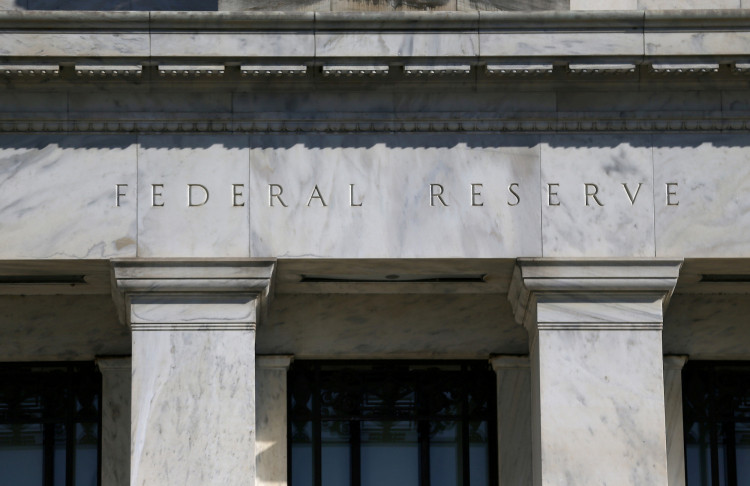Global financial markets fell sharply this week as investors reacted to a stark warning from a senior Federal Reserve official who predicted "eye-popping" levels of job losses if current economic momentum deteriorates. The comment, delivered anonymously in private discussions referenced by market analysts, spread quickly through trading desks and social-media platforms, intensifying fears that the United States and other major economies may be heading toward a synchronized downturn.
The timing of the warning coincided with steep declines across major U.S., European, and Asian equity indices. Traders described the session as one of the most volatile in months, with shifts in risk appetite accelerating as investors recalibrated expectations for corporate earnings, consumer demand, and global interest-rate trajectories. Analysts said the combination of a chilling Fed forecast and broader economic fragility created the conditions for a rapid selloff.
According to people familiar with the unnamed Fed official's assessment, the central concern is that a loss of economic momentum would prompt layoffs on a scale exceeding recent recessionary cycles. The official's use of the term "eye-popping" echoed across market commentary, with economists warning that sharp job losses could trigger a self-reinforcing decline in spending, profits, and hiring. Investors commonly refer to this pattern as a destructive feedback loop capable of tipping an economy into contraction.
Corporate behavior has already begun shifting in anticipation of tighter conditions. Large employers in technology, retail, and financial services have moved from aggressive hiring strategies to cost-cutting measures, including reductions of nonessential positions and delays in expansion initiatives. Strategists say these adjustments, while modest so far, could accelerate if revenue expectations fall further or if credit becomes more difficult to access.
Market analysts noted that what distinguishes the current moment from previous downturns is the global alignment of economic pressure points. Weakness in manufacturing output, falling commodity prices, and currency volatility have appeared simultaneously across multiple regions. This pattern has led some economists to warn that, unlike past recessions that were concentrated in particular geographies, a broader contraction could unfold across both developed and emerging markets.
Higher interest rates remain a key factor behind the deteriorating outlook. Central banks worldwide have elevated borrowing costs to combat inflation, but the cumulative effect has strained household budgets and corporate financing. As companies face tighter margins and consumers reduce discretionary spending, sectors that rely heavily on credit-such as consumer services, real estate, and technology-are viewed as particularly vulnerable.
Geopolitical tensions and supply-chain disruptions have compounded the risks. Analysts say that persistent instability in trade flows, disruptions in key shipping corridors, and uncertainty surrounding commodity supplies continue to weigh on business confidence. Some financial commentators have begun referring to the current mixture of market signals as a potential "chaos scenario," citing diminished resilience compared with previous cycles.






